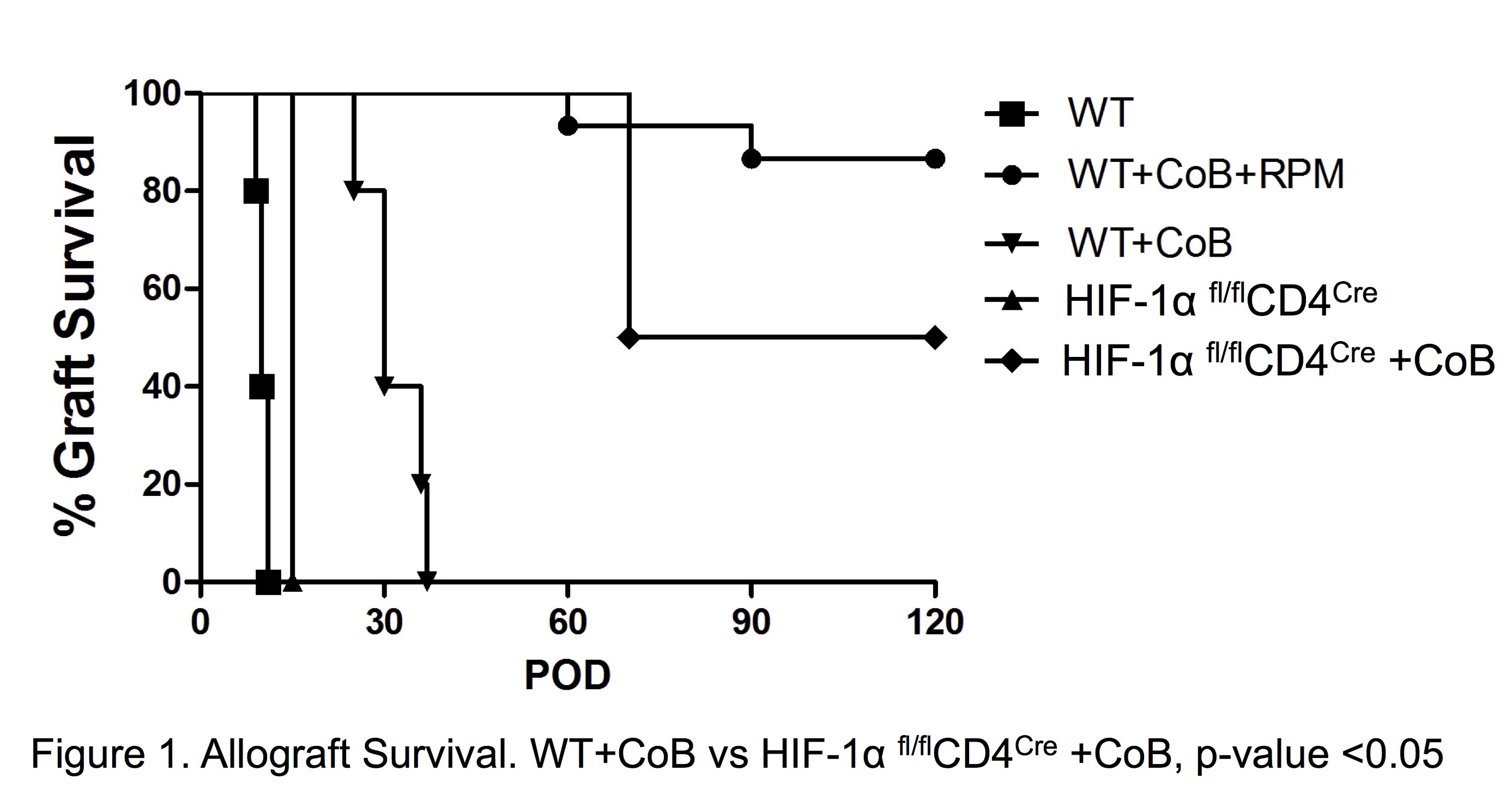Potential Mechanism Involving Regulatory T Cells in Induction of Tolerance in Mouse Vascularized Composite Allotransplantation Under Combined Costimulation Blockade.
1PRS, Center for Vascularized Composite Allotransplantation, Chang Gung Memorial Hospital, Taoyuan, Taiwan
2Chang Gung Medical College and Chang Gung University, Taoyuan, Taiwan
3Nephrology, Chang Gung Memorial Hospital, Taoyuan, Taiwan
4Pathology, Chang Gung Memorial Hospital, Taoyuan, Taiwan
5Plastic and Reconstructive Surgery, Johns Hopkins University School of Medicine, Baltimore, MD
Meeting: 2017 American Transplant Congress
Abstract number: 101
Keywords: Co-stimulation, Graft survival, Rapamycin, Tolerance
Session Information
Session Time: 2:30pm-4:00pm
 Presentation Time: 3:30pm-3:42pm
Presentation Time: 3:30pm-3:42pm
Location: E270
Background: Role of Regulatory T cells in vascularized composite allotransplantation (VCA) remains to be elucidated. In this study, we investigate potential mechanism involved in Tregs activation in allo VCA model.
Methods: Twenty-eight osteomyocutaneous allografts from Balb/c were transplanted onto wild type (WT) and HIF-1 α fl/flCD4Cre C57BL/6 mice. Animals received combined costimulation blockade (CoB) (1 mg anti-CD154 (POD 0) and 0.5 mg CTLA4Ig (POD 2)) with or without rapamycin (3mg/kg/day for 7 days then every other day for 3 weeks) administration. Allograft survival, ratio of Teff/Treg subpopulation, and expression marker of activated Tregs were assessed.
Results: Twelve of 15 WT transplanted mice received costimulation blockade rapamycin achieved long-term graft survival (>120 days). Level of CD4+CD25+FoxP3+Tregs was elevated at POD 30 in tolerant animals. Ratio of Tregs/Th1 cells and Tregs/Th17 cells were also increased. Circulating CD4+CD25+FoxP3+Tregs in the peripheral bloods revealed upregulated expression of GITR+, GATA3+, Tbet+ and Helios+. IL-10+, TGF+ and IL35+ Tregs were also increased. Accumulated recipient FoxP3+ Tregs was found in the long-term tolerated allograft. Interestingly, allograft survival could still prolonged significantly in HIF-1 α fl/flCD4Cre compared to WT mice in the absence of rapamycin. HIF-1 α fl/flCD4Cre mice generated greater FoxP3+ Tregs and less CD4+IL17+ cells than WT in response to allograft transplantation.
HIF-1 α fl/flCD4Cre mice generated greater FoxP3+ Tregs and less CD4+IL17+ cells than WT in response to allograft transplantation.
Conclusion: Tregs may play pivotal role in the induction of VCA tolerance. In addition, targeting Tregs and potential mechanism involved in Tregs activation may be an effective therapy to prolong allograft survival in the future.
CITATION INFORMATION: Anggelia M, Huang Y.-Y, Chuang W.-Y, Cheng H.-Y, Brandacher G, Wei F.-C, Lin C.-H. Potential Mechanism Involving Regulatory T Cells in Induction of Tolerance in Mouse Vascularized Composite Allotransplantation Under Combined Costimulation Blockade. Am J Transplant. 2017;17 (suppl 3).
To cite this abstract in AMA style:
Anggelia M, Huang Y-Y, Chuang W-Y, Cheng H-Y, Brandacher G, Wei F-C, Lin C-H. Potential Mechanism Involving Regulatory T Cells in Induction of Tolerance in Mouse Vascularized Composite Allotransplantation Under Combined Costimulation Blockade. [abstract]. Am J Transplant. 2017; 17 (suppl 3). https://atcmeetingabstracts.com/abstract/potential-mechanism-involving-regulatory-t-cells-in-induction-of-tolerance-in-mouse-vascularized-composite-allotransplantation-under-combined-costimulation-blockade/. Accessed December 18, 2025.« Back to 2017 American Transplant Congress
